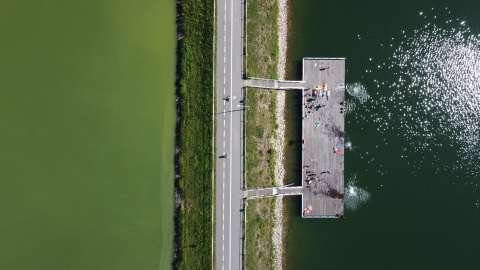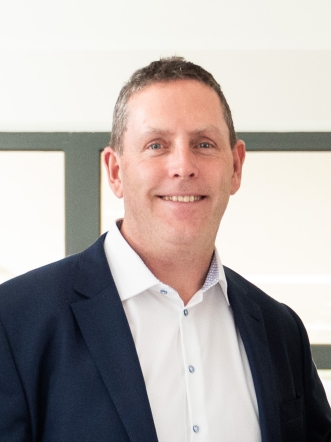Cyanobacteria and green algae can be harmful to bodies of water under certain conditions due to a phenomenon known as algal blooms.
Algal blooms occur when these microorganisms reproduce rapidly and accumulate in large numbers, often leading to visible discoloration of the water and sometimes forming thick mats or scums on the surface.
There are several reasons why cyanobacteria and green algae can become harmful:
Toxin Production
Some species of cyanobacteria and green algae can produce toxins known as cyanotoxins and algal toxins, respectively. These toxins can be harmful to humans, pets, and aquatic organisms if ingested or if there is skin contact. Cyanotoxins can cause a range of health problems including skin irritation, gastrointestinal issues, and in severe cases, liver damage or neurological effects.
Nutrient Pollution
Cyanobacteria and green algae thrive in nutrient-rich environments, particularly those with high levels of nitrogen and phosphorus. Excess nutrients, often originating from agricultural runoff, sewage discharge, or urban stormwater, can promote algal growth and lead to the development of algal blooms.
Low Dissolved Oxygen
During the daytime, cyanobacteria and green algae carry out photosynthesis, which generates oxygen as a byproduct. However, at night or when algal blooms die off, microbial decomposition of the organic matter produced by the algae consumes oxygen, leading to depleted oxygen levels in the water. This can result in hypoxic or anoxic conditions, which are harmful to aquatic organisms and can lead to fish kills and other ecological problems.
Disruption of Ecosystems
Algal blooms can disrupt aquatic ecosystems by shading out other aquatic plants, reducing biodiversity, and altering habitat structure. They can also impact the availability of food resources for aquatic organisms, leading to changes in community composition and trophic dynamics.



